This Ngunnawal CountryA bounded geographical area, distinct from one another. Coun section reflects on the depth of Ngunnawal people’s knowledge and their commitment to caring for CountryA bounded geographical area, distinct from one another. Coun. It is based on the ACT 2019 State of the Environment Report, which was the first in Australia to begin with a chapter on Indigenous people’s interests. The chapter promotes respect for Ngunnawal heritage and their management of the environment, including water and the use of fire.
The ACT Government recognises the Ngunnawal people as the Traditional Custodians of the ACT. The Ngunnawal people are this region’s first inhabitants, having lived here for more than 25,000 years. The neighbouring people are the Gundungurra to the north, the Ngarigo to the south, the Yuin on the coast, and the Wiradjuri inland. Canberrans also recognise the Ngunnawal people as the first inhabitants of CountryA bounded geographical area, distinct from one another. Coun in which Canberra is located, and have a public holiday to recognise Reconciliation Day.

In the ACT, evidence of the Ngunnawal people’s heritage includes rock art, axe-grinding grooves, stone tools, ochre quarries, scar trees, and campsites; showing they have remained connected with the land over thousands of years.
Aboriginal cultural heritage is recognised and protected in the ACT. The ACT’s Heritage Register lists 75 Aboriginal places and objects, including information on 2,930 sites.
In 2019, three sites were registered for heritage protection:
- Red Hill Campsite, where Aboriginal people camped throughout the 1920s to 1940s
- Corroboree Ground and Cultural Area, at the junction of the Queanbeyan and Molonglo rivers
- Umbagong Park Grinding Grooves in Latham, where grinding grooves, medicine and fibres show there were strong cultural practices.
Many other sites – scatters of stone tools, and scar trees (where Aboriginal people removed bark for purposes such as making canoes, containers and shields) – will also be registered for heritage protection.
To prevent the loss and damage of Ngunnawal heritage, measures are taken to identify and protect cultural sites, or to remove and store cultural material before areas are developed, such as for the expansion of the Cotter Dam. There are also strict legal consequences for damage to Aboriginal heritage.


